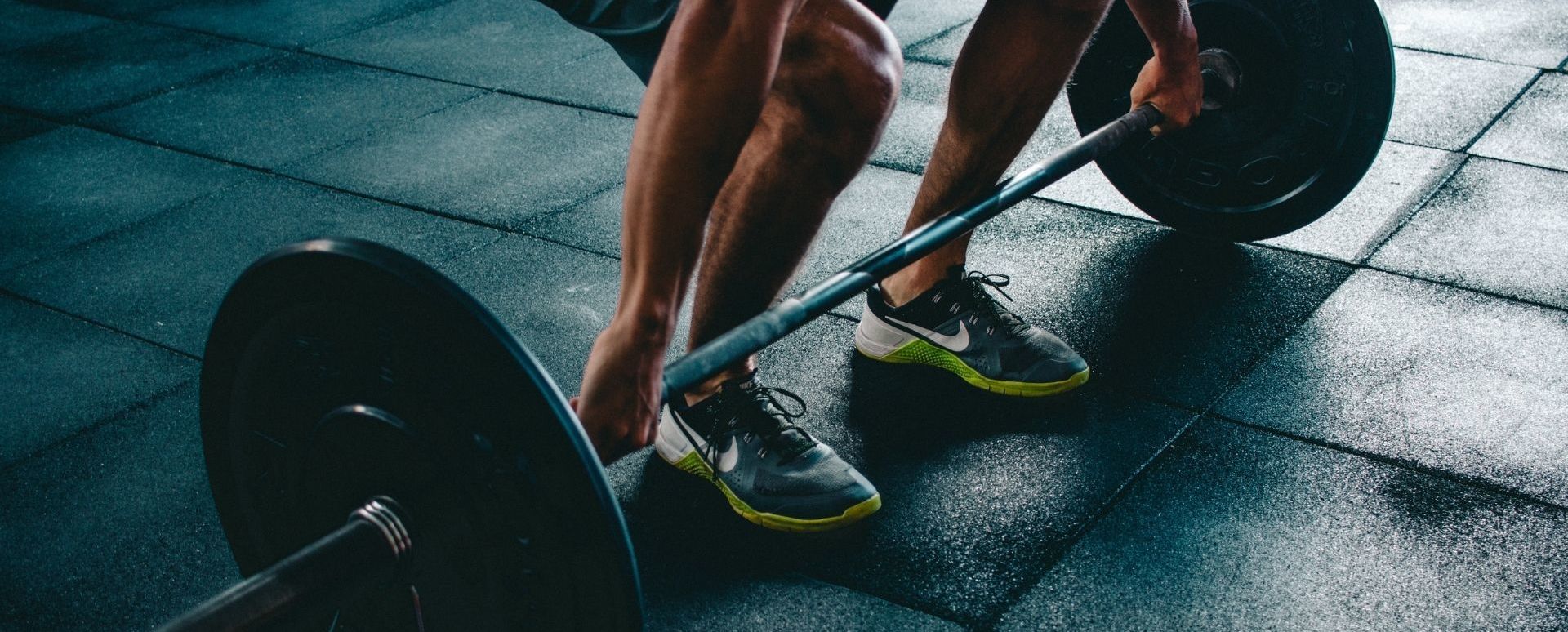What is HIIT and is it for me?
Posted on 22nd September 2021 at 15:24
HIIT is a popular form of training found in most gyms with a number of benefits for time-poor people but it's not for everyone.
Go into any gym now and the chances are there will be HIIT classes on offer.
It’s a popular form of training to run and take part in. Why is it popular?
Well, in short because it provides a quick way of ‘getting fit’.
But what does it involve, and does it live up to the hype? If you’re a PT, is it worth offering as a class to your clients?
We take a look here.
What is HIIT?
We’ve mentioned HIIT before in our blog post on workouts you can do from home. But we wanted to look at it in more depth.
It’s a very effective way of maintaining physical fitness for those on a tight schedule.
HIIT stands for High Intensity Interval Training and involves short intervals of exercise broken up by rest periods. Often these are different exercises, but they don’t have to be.
These intervals are, as the name suggests, characterised by vigorous bursts of energy involving high intensity exercises.
As such it’s one of the most efficient ways of exercising as a typical HIIT session can usually be complicated in 20-30 minutes.
A simple example might go as follows: After a warmup period you have 5 intervals on an exercise bike, cycling at a high intensity (getting your heart rate above 80% of its maximum capacity) for 60 seconds at a time. Each interval will be followed by a 90 second break and the workout will finish with a longer warm down.

Why is HIIT popular?
The simple reason for HIIT’s popularity is it’s time efficiency.
For people with busy lifestyles, being able to fit a 30 minute workout into your routine is ideal, assuming you already have a decent level of fitness.
Because of the different levels of intensity on offer at most gyms it’s also fairly accessible to most people. The HIIT workouts can be tailored to your physical fitness and strength.
Rather than continuous training such as long runs or prolonged weight training, which might not appeal to everyone, HIIT offers a form of exercise that can be more engaging.
The high intensity and constant change of pace could be exciting and doesn’t require a long period of attention.
The main fitness benefits of HIIT
The main thing that HIIT does is burn calories and improve cardio-respiratory health.
It’s also claimed to continue the work after the exercise. Such is the level of intensity, that many people can experience EPOC Or Excess Post-Exercise Oxygen Consumption.
This means your body continues to burn calories even after the exercise because of the metabolic changes in your body.
Overall, it’s a very efficient way of doing cardio. Studies have shown that you can achieve a similar level of oxygen uptake in a 10 minute interval training session as you can doing lower intensity continuous exercise for 50 minutes.
Being more aerobically fit allows you to exercise for longer without getting out of breath and therefore it has a positive impact on your overall physical fitness. Most people training HIIT would recommend that you include it as part of a wider, more varied fitness regimen.
The greatest benefits still appear to come from doing longer (and more tiring) intervals of 3-5 mins.

It might not be everything you’re looking for
It’s important to be aware that the hype around HIIT may not all be justified either because it doesn’t serve as a complete fitness solution or even because there are potential health risks to taking part.
One thing to be aware of is that it isn’t necessarily going to contribute to weight loss or building muscle, although strength training could be included in the intervals.
For a short workout, you’re not actually giving your body enough of an opportunity to burn fat. There’s no quick fix for this so more continuous exercise would be needed alongside HIIT.
As with other forms of exercise it’s also dependant on your diet. What you eat plays a huge role in your ability to lose weight and for the exercise you do to make a difference.
There’s also the fact that too much HIIT may not actually be healthy.
Amongst some of the potential negative side effects are overly heightened stress responses post workout and disruption to both your sleep and metabolism.
Good technique is also very important. Without it your joints could quickly see deterioration when doing high intensity exercise.
Ultimately, it’s important to undertake it in good measure and match your workout with your existing level of fitness.
Should I be offering HIIT classes?
If you’re a trainer looking to offer classes or are wondering whether to do HIIT as a form of exercise, this has hopefully helped you to get a better idea of what it is.
Whether or not it’s for you will depend on the type of people you’re training. That’s whether the short time spans would suit your clients, and whether they have the existing physical fitness to handle high intensity classes.
For a lot of people, a slower pace and lower intensity is just fine so HIIT won’t have the same appeal. But then again nobody’s going to turn down the opportunity to get fitter, quicker so you can understand its popularity.
Different forms of training are covered in the many of the courses we offer. To find out more about them, head to our courses page.
Tagged as: exercise, fitness, Gym, High Intensity Interval Training, HIIT, Personal Trainers, Productivity, Training
Share this post:









